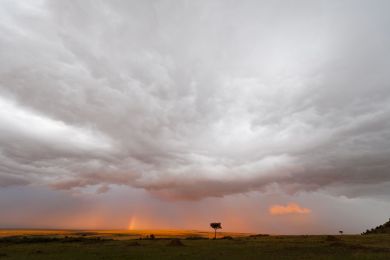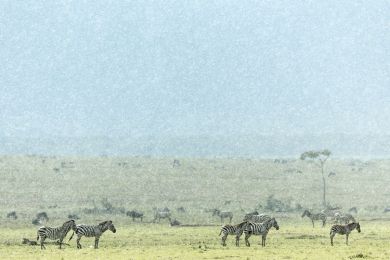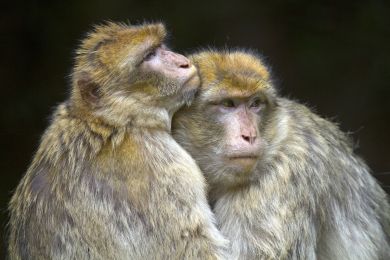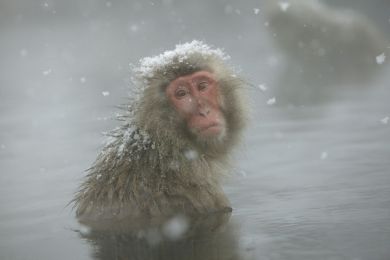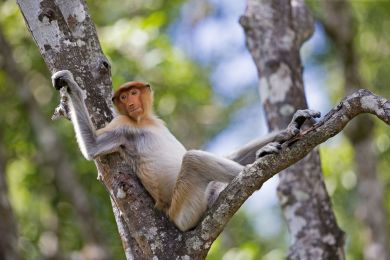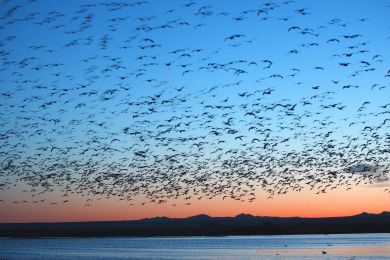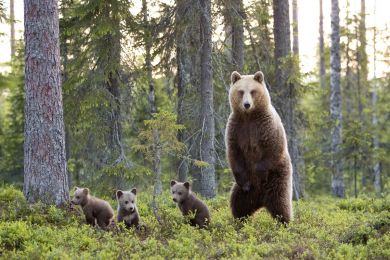By buying this product you can collect up to 178 loyalty points. Your cart will total 178 points that can be converted into a voucher of 35,60 €.
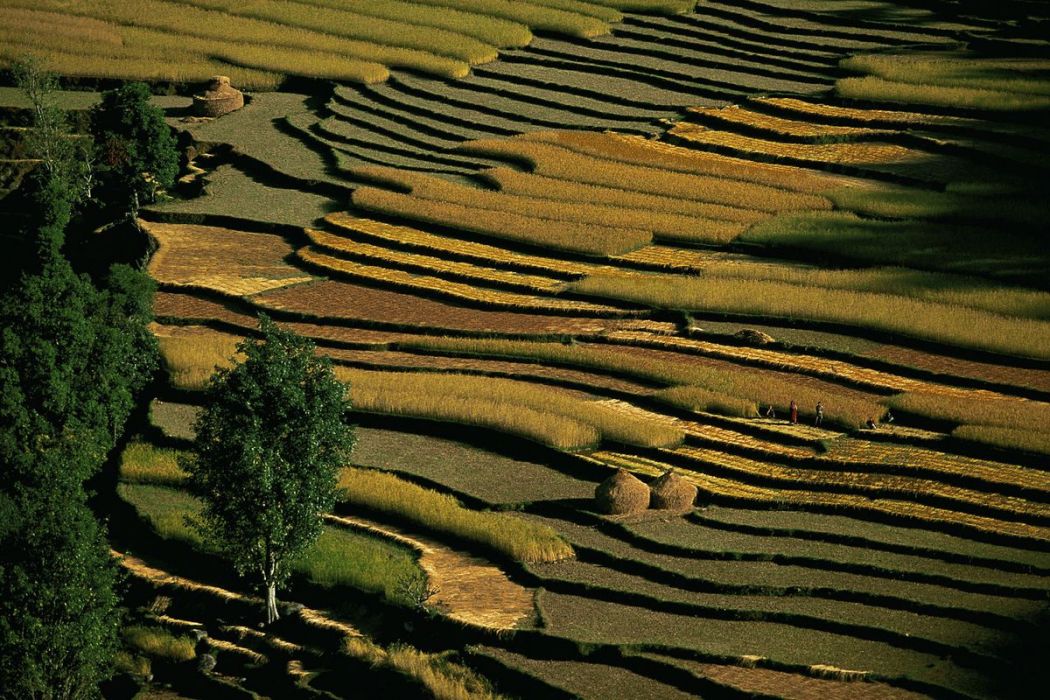 View larger
View larger
Picture information
Pokhara rice fields, Nepal
Yann ARTHUS-BERTRAND
Art Photography by Yann ARTHUS-BERTRAND, rice fields in the south of Pokhara, the Pahar region, Nepal. The Pokhara valley, in the Pahar region of central Nepal, is rich in fertile alluvial soil because of a network of running streams.
Data sheet
| Orientation | Landscape |
| Color | Yellow |
Pokhara rice fields, Nepal
Yann ARTHUS-BERTRAND
Art Photography by Yann ARTHUS-BERTRAND, rice fields in the south of Pokhara, the Pahar region, Nepal. The Pokhara valley, in the Pahar region of central Nepal, is rich in fertile alluvial soil because of a network of running streams.
Fine Art Photography
Print by Experts
100 % Made In France
A recognized expertise, a search of permanent quality.
Printed by a professional photographic laboratory.
All prints are made to order, controlled by the Technical Director.
A certificate of authenticity is provided with each photograph.
Framework made by selected materials to give you the best results. every step of the processing is monitoring by experts.
Loyalty points
Gift Card
Don't miss the opportunity to do the best present...
The whole Yann Arthus-Bertrand photos available with Hemisgalerie gift card.
Lets your guest choose the best image.
Amount from 50 €, create and download directly on our website, valid for one year including promotions.
The original gift for all events
More info
The Pokhara valley, in the Pahar region of central Nepal, is rich in fertile alluvial soil because of a network of running streams. The banks of the hills are covered by a mosaic of rice paddies in terraces of small embankments of earth. Eighty percent of the Nepalese population works in agriculture, and family-cultivated rice is the country’s foremost agricultural product (4.2 million tons in 2001). At the end of the 1970s, the nation’s farmers produced a small surplus, which enabled them to export some of their crops, particularly to Tibet. Today Nepal does not have the money to expand irrigation, and despite efforts to increase the area of cultivated land and to use more productive fertilizer and seeds, the country does not produce enough food for its own people and must import.





















































